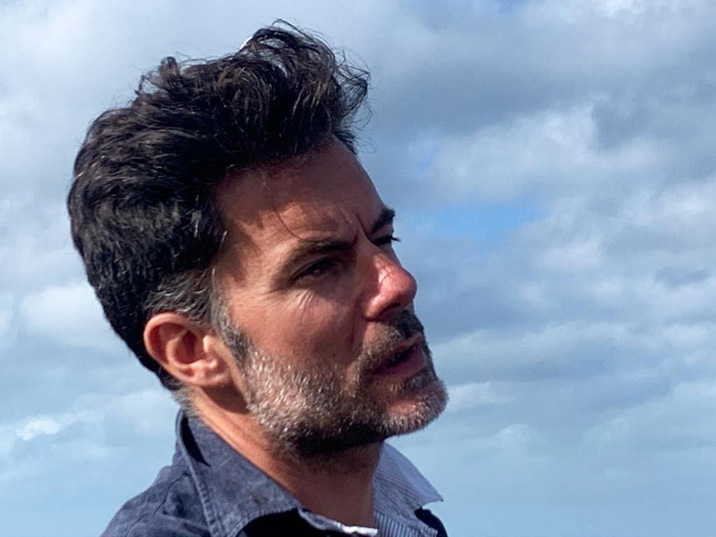
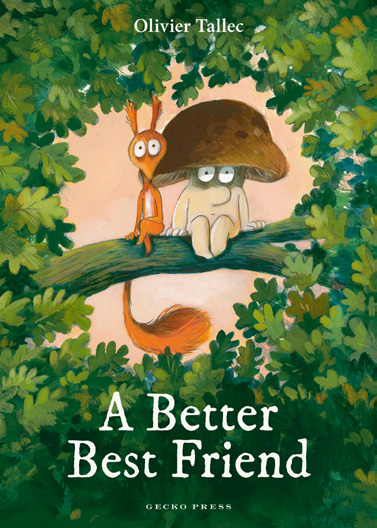
Olivier Tallec was born in Brittany, France. After graduating from the École Supérieure d’Arts
Appliqués Duperré in Paris, he travelled extensively and now lives and works in Paris. He has
illustrated over 60 books for children, along with his work as both author and illustrator.
His new book, A Better Best Friend, is a feel-good picture book about best friendship told with
dry comedy and an open ending—squirrel and mushroom are best friends until another best
friend (a fly) comes to play.
Can you talk about the character of the squirrel (who is now the main character in three picture books)?
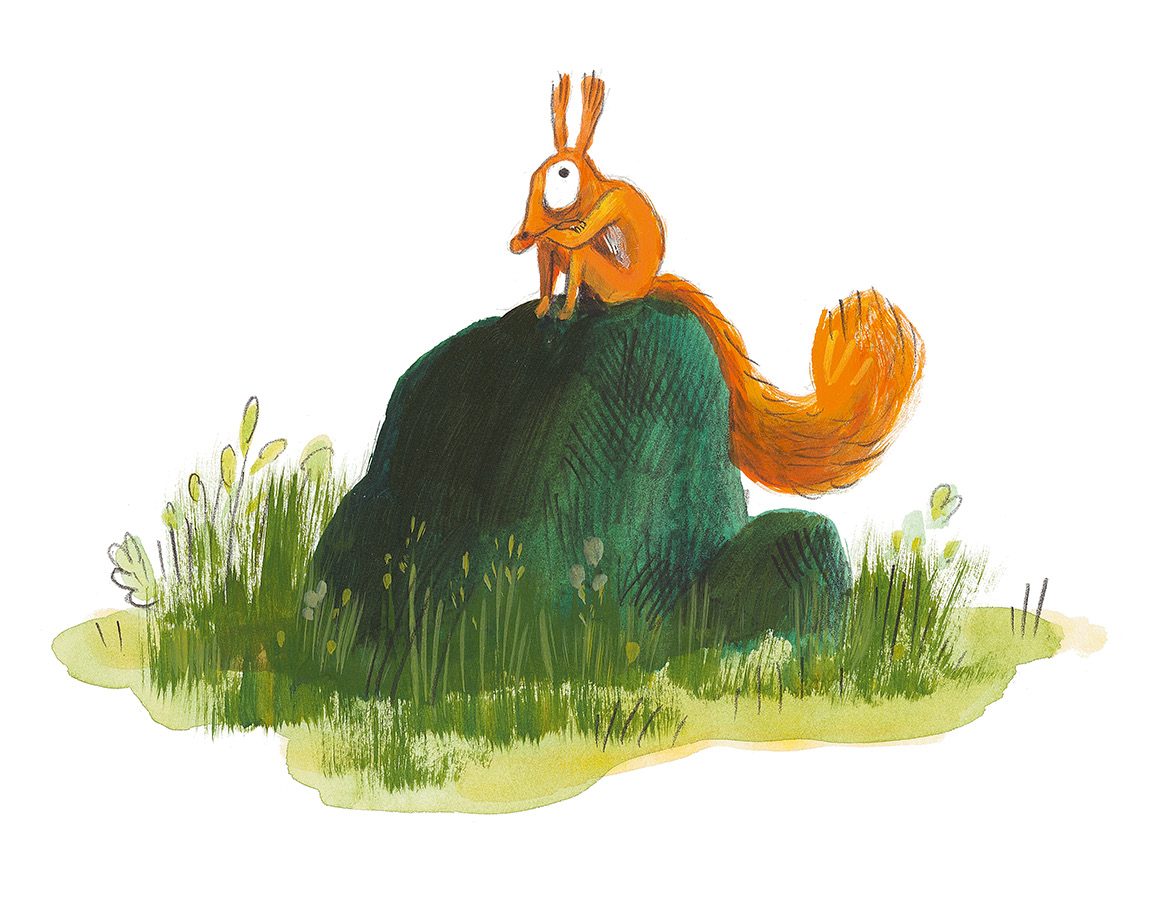
I wanted to create an ambivalent character. He is friendly, cute and
funny, but he is also selfish and has a lot of neuroses. (As we all do
—well, as I do! Sorry…) At the beginning I didn’t imagine a series;
the first book was originally a stand-alone. That’s why the
squirrel has no name.
With the squirrel character, I also wanted to write an inner
monologue. Something that becomes a bit absurd and funny,
with a nonsense humour.
How about the mushroom friend, Pock—what inspired this character?
I wanted to introduce others characters into this story, and I really enjoyed the
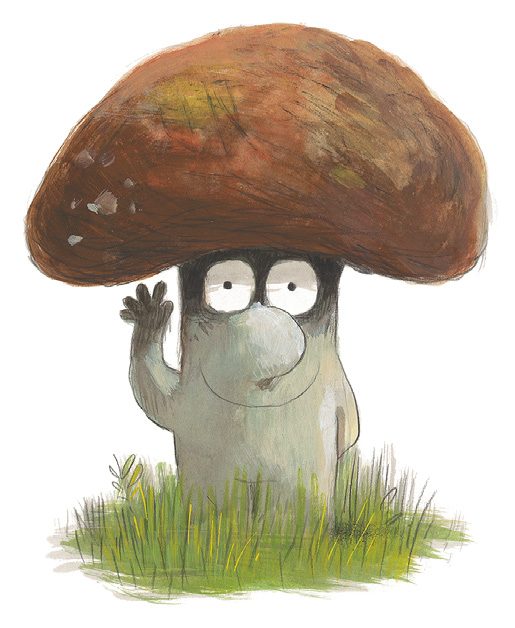
idea of a character from a non-animal world, something vegetal. The imagination of young readers is unlimited, so I let myself imagine a less common world with animal, vegetal and why not mineral characters.
The mushroom was very fun to draw too.
I had the idea of a very quiet character. The mushroom doesn’t speak too much. He is a kind of opposite character to the squirrel.
What do you want readers to take away from this story?
People often tell me my books have open endings, but I absolutely do not want to have a moral at
the end of my stories. I want something very open. I like the idea of having several ends, or several
possibilities. And readers have the right to have their own stories. There can be several levels of
reading. A book is a tool for discussion, and I want readers to think about the story.
Do you find yourself returning to themes or ideas in your picture books?
In my opinion writers tend to talk about the same themes in their books all their life, but in different
ways. For example, I have realised that ownership (and sharing) is important in my books. So is
nature. I also like to talk about very large themes; I don’t hesitate to discuss philosophical themes with
kids. I come back again and again to the idea of the book as a tool for discussion.
Writing and drawing for children is really a political act. So the ideas or themes must be chosen
carefully. For example, if you draw a family, what kind of family will you draw? There are many ways to
represent a family today.
Very often I start work with one idea in mind and it evolves into something else.
What is it like having your books translated into so many other languages?
It is always a surprise and a joy to receive one of my books translated into another language. It is
very moving to imagine the universality of stories and drawing (while drawing is also very cultural). It
is just incredible to imagine young Chinese or Bulgarian readers reading my book at the same time.
Sometimes very far away in a very different culture. Fascinating.
How do you create the artwork for the books?
These illustrations are mainly gouache, acrylic and pencils. I am very old-fashioned, I still draw and
paint on paper, on an old wooden drawing-table. And I love to take hours to choose my drawing
materials…
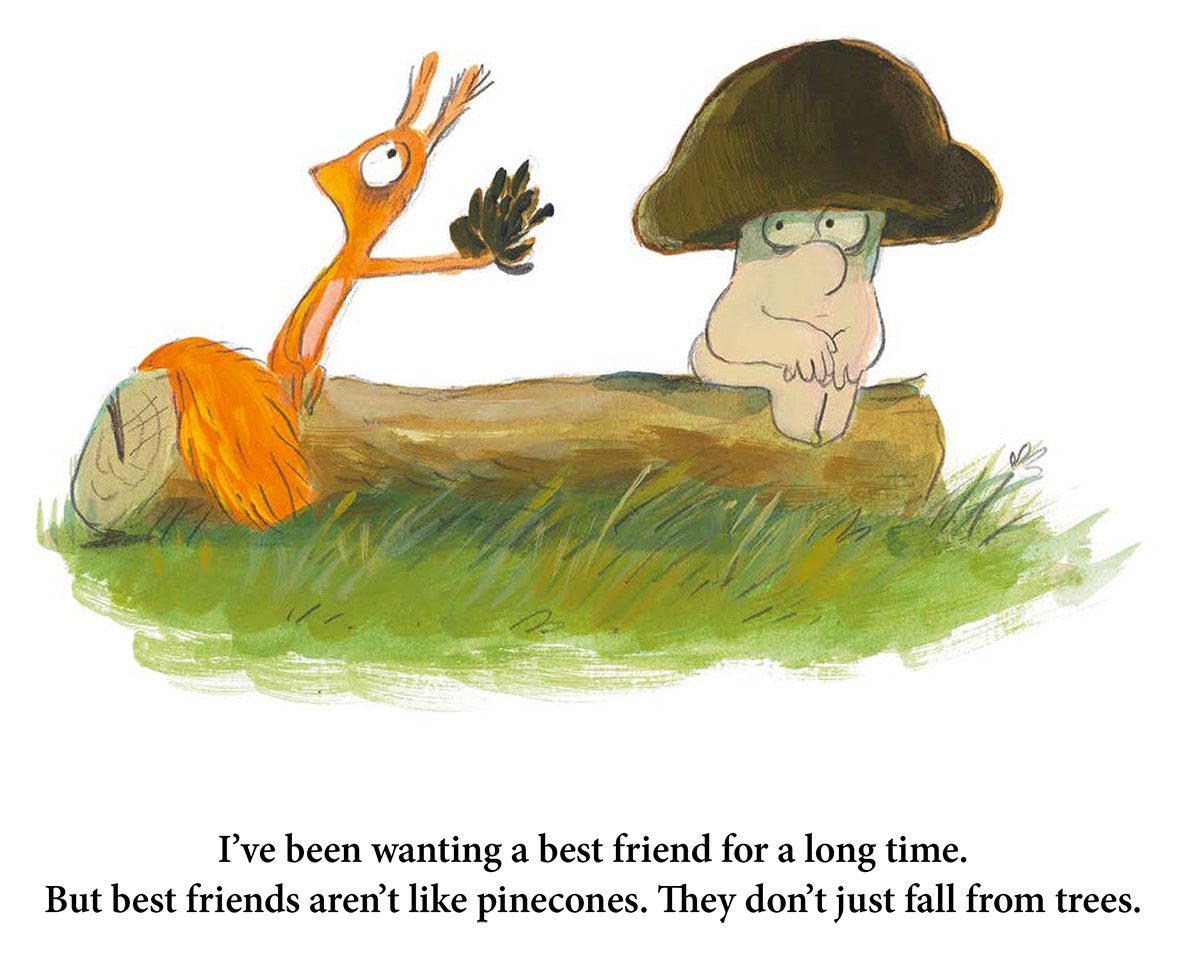
A Better Best Friend | Available April 2024 from all good bookstores

